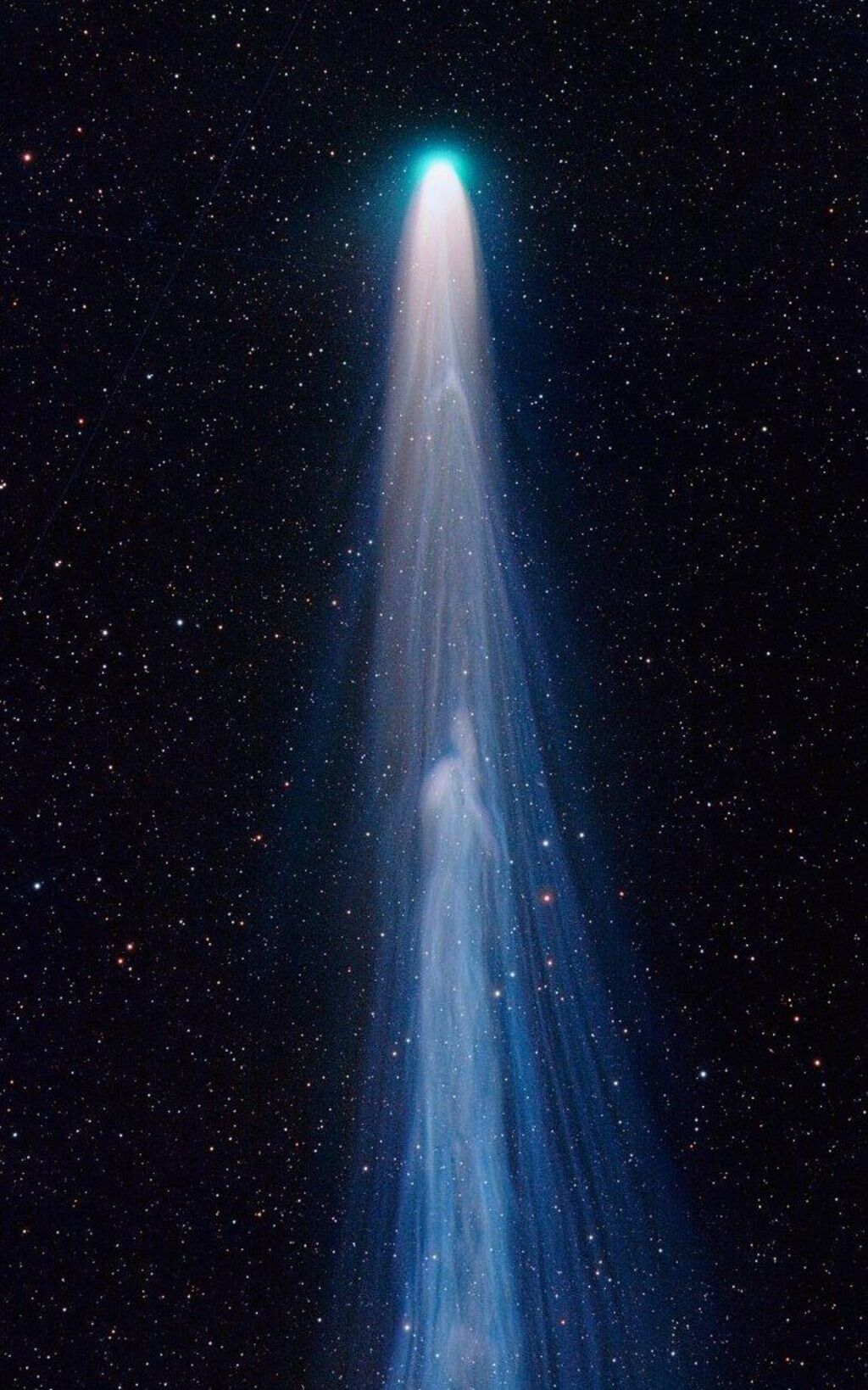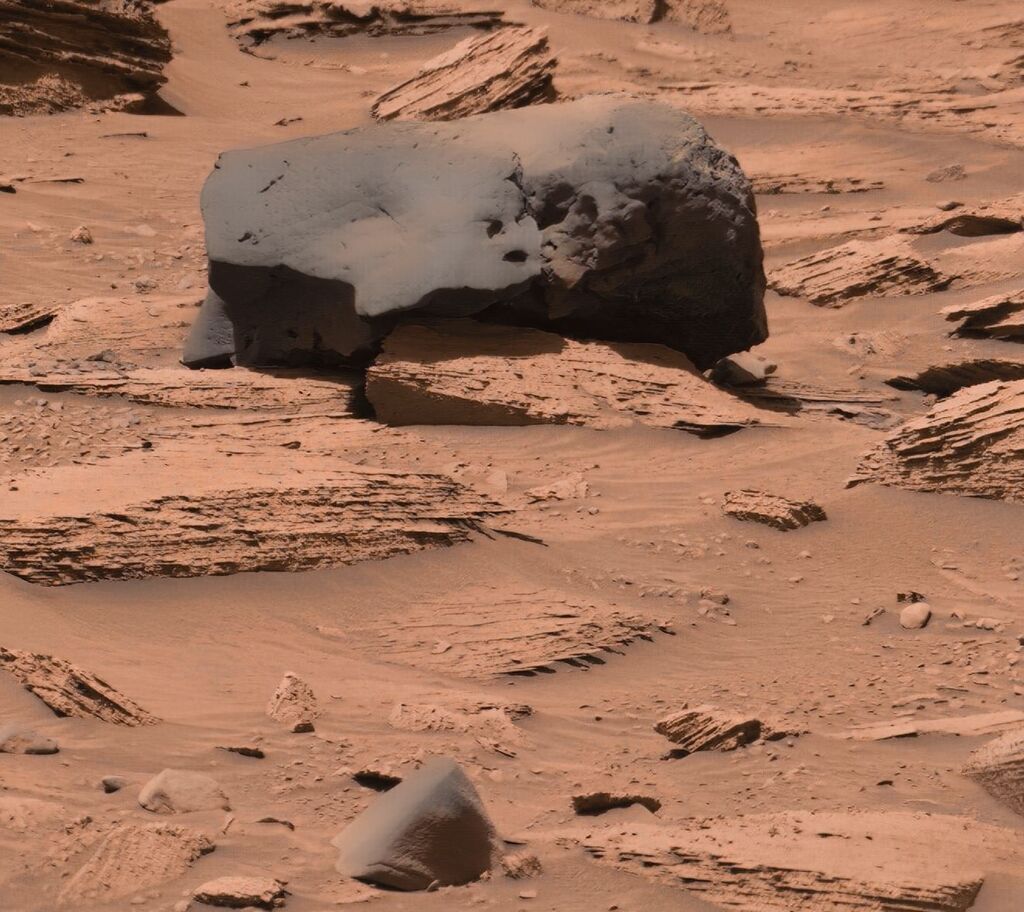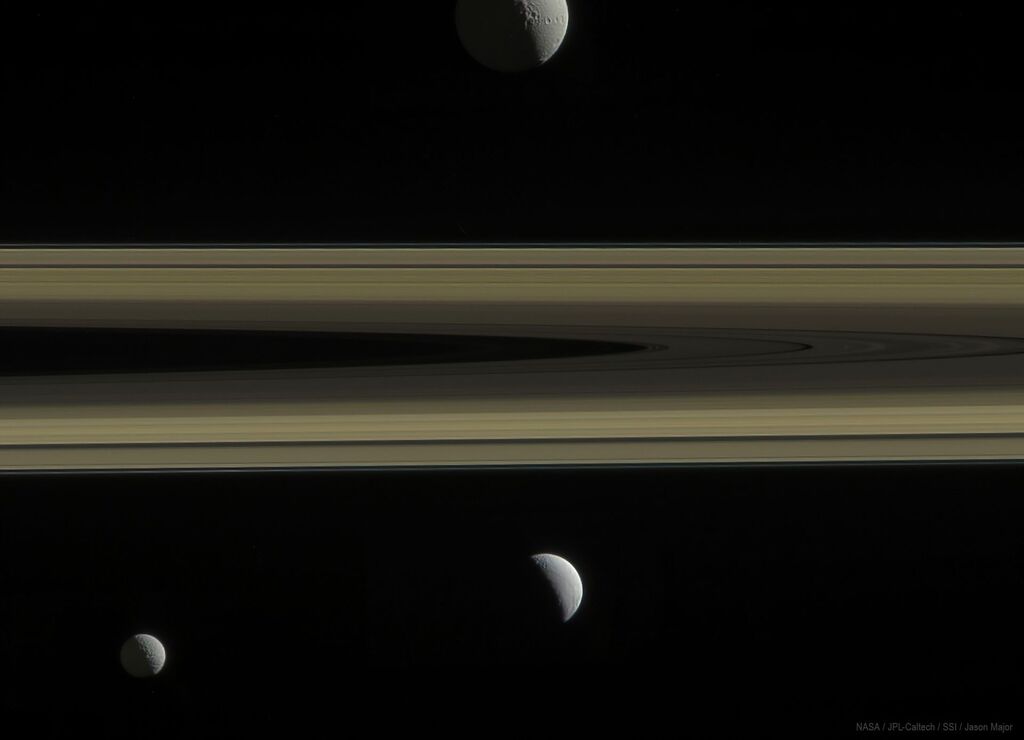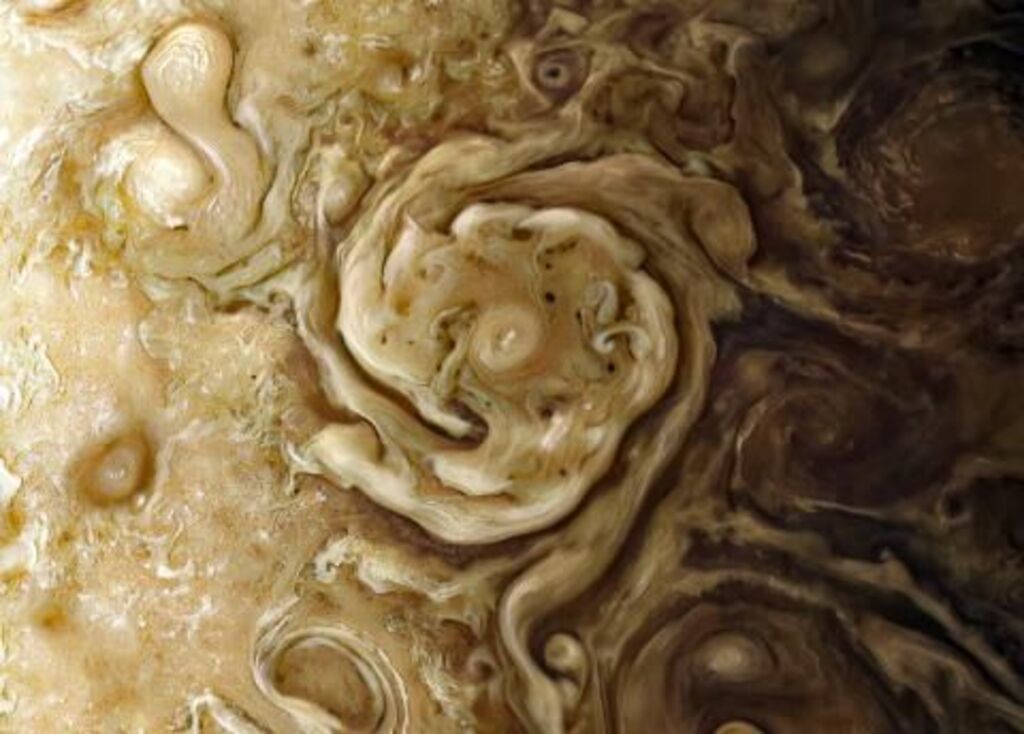
Planetary Picture of the Day
Week of August 28, 2023
A funny comic, a stunning comet, and a swirling cyclone.
Monday, August 28, 2023

Not as Planned...
Some Monday morning humor. Cat owners understand.
Tuesday, August 29, 2023

Comet C/2021 A1 Leonard
Comet C/2021 A1 Leonard was a long-period comet discovered by G. J. Leonard at the Mount Lemmon Observatory in Tucson, Arizona. While the comet's orbit was calculated at 80,000 years, calculations once the comet was closer to the Sun showed that it would be on an outward trajectory after September 2022, leaving our solar system. This photo of the comet and its extensive tail was captured remotely from Namibia on 25 December 2021.
Wednesday, August 30, 2023

Lava Block
A literally cool lava block at Gale crater, Mars, as taken on Sol 3803 by NASA Curiosity's Mastcam. On Earth, lava blocks are generally older rocks that are fractured into angular pieces during an explosive eruption. They can travel upwards of 20km from their parent volcano.
Thursday, August 31, 2023

Saturnian Moons
Three of Saturn's moons -- Tethys, Enceladus, and Mimas -- are captured in this group photo from NASA's Cassini spacecraft.
Tethys (1,062 kilometers across) appears above the rings, while Enceladus (504 kilometers across) sits just below the center. Mimas (396 kilometers across) hangs below and off to the left of Enceladus.
The image is a color-composite from calibrated raw Cassini image data.
Friday, September 1, 2023

Cyclone on Jupiter
This false-color image was created from raw data taken using the JunoCam onboard NASA's Juno spacecraft orbiting Jupiter and features a northern circumpolar cyclone in artistically enhanced detail. Taken during perijove - closest approach to Jupiter - number 46.





